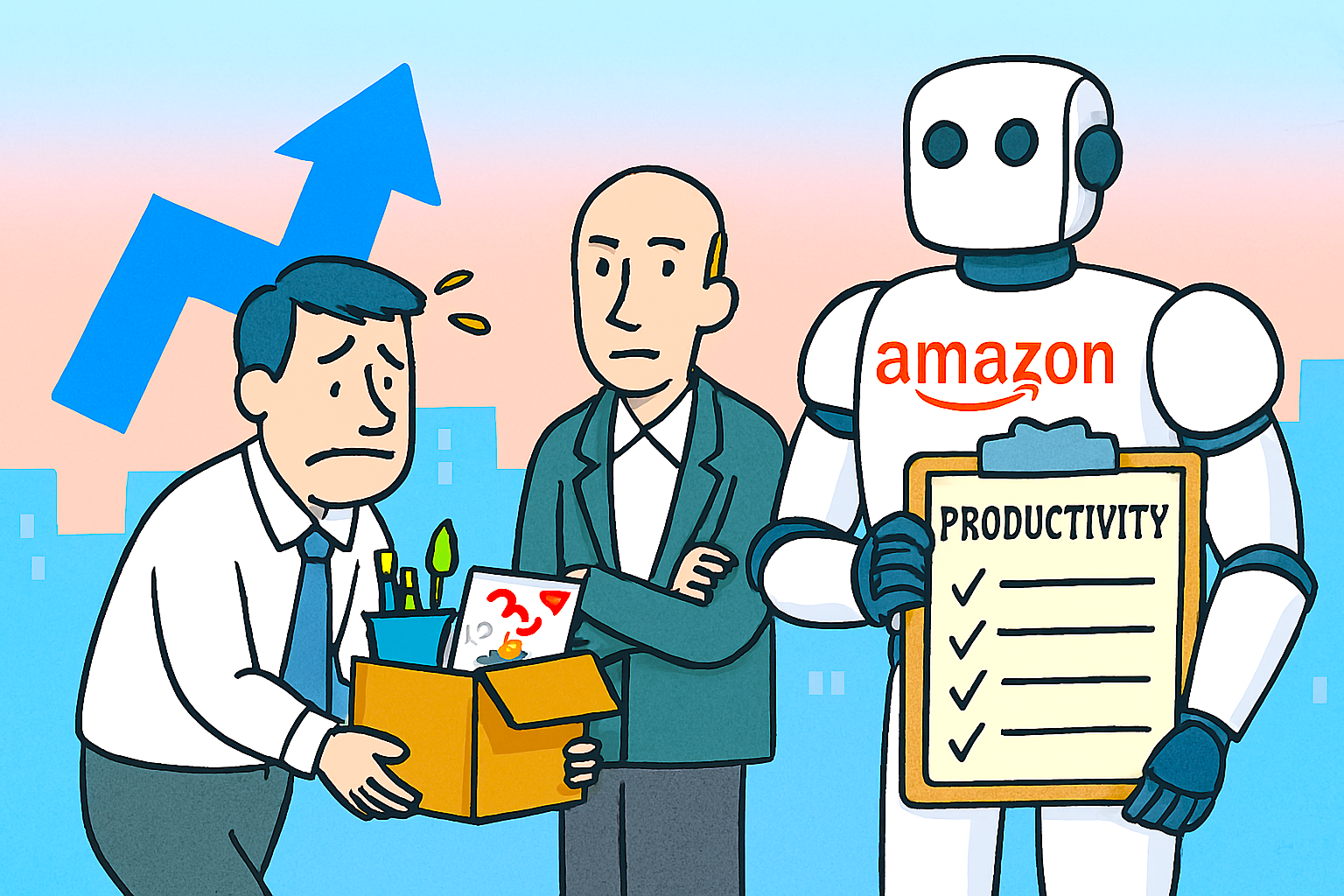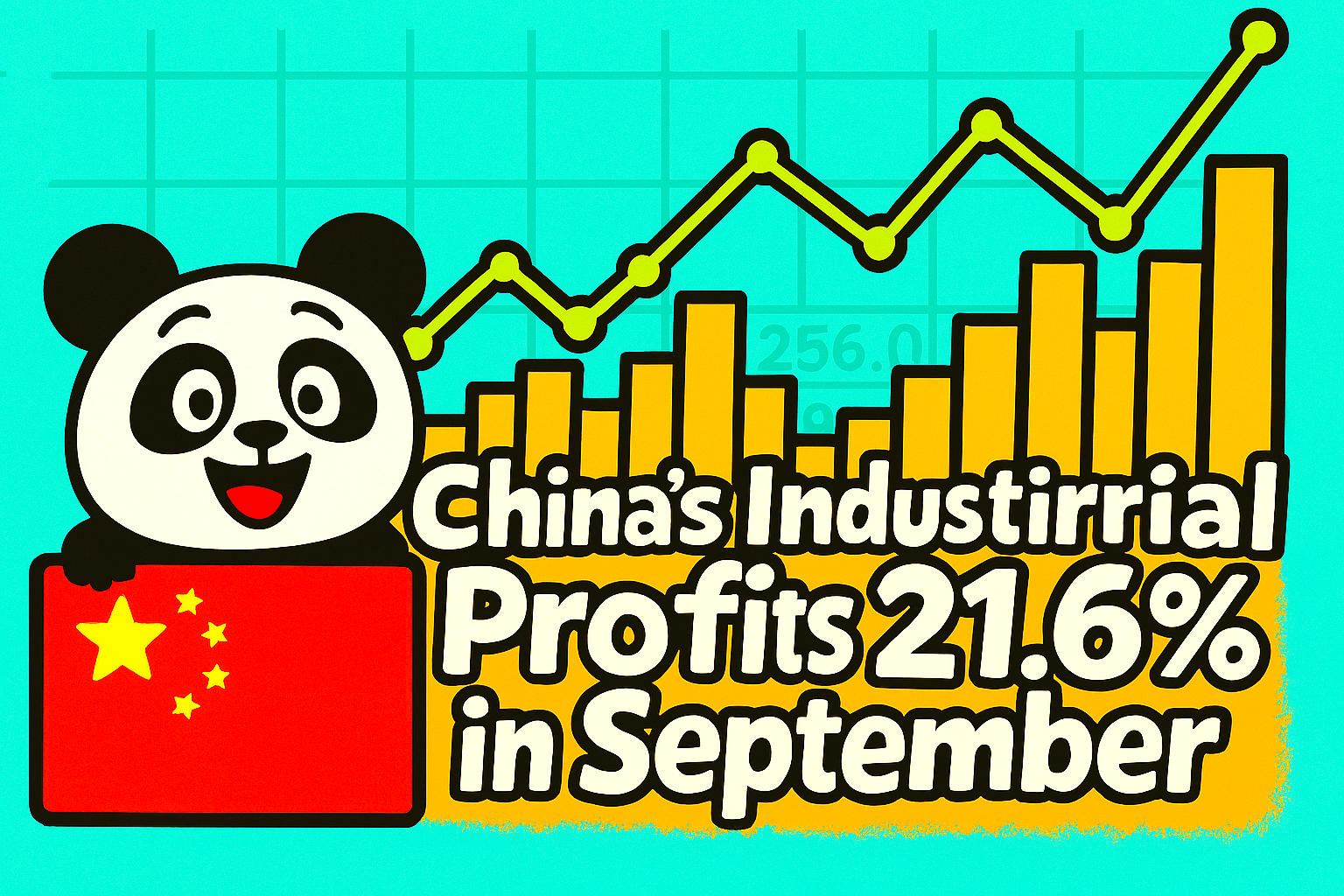Gold has entered a correction phase as of late October 2025, following a record-breaking rally earlier this year.
The Correction in Context
- Gold surged over 55% in 2025, reaching an all-time high of nearly $4,400 per ounce before sharply reversing course.
- On 21st October 2025, gold experienced its steepest intraday drop in 12 years, falling over 6% in a single day.
- This pullback followed nine consecutive weeks of gains, marking a classic technical correction after an overheated rally.
What’s Driving the Pullback?
- Profit-taking: Many institutional investors began locking in gains after the massive run-up.
- Stronger U.S. dollar: A rising dollar has historically pressured gold prices lower.
- Easing geopolitical tensions: Particularly between the U.S. and China, which reduced safe-haven demand.
- Technical overbought signals: Analysts flagged a ‘blow-off top’ pattern, similar to 2006, suggesting a short-term peak.
What’s Next?
Some analysts believe this is a healthy reset, not the end of the gold bull run.
Others warn of a further $300–$400 downside risk, especially if profit-taking accelerates.
Despite the correction, long-term fundamentals—like inflation concerns and geopolitical uncertainty—remain supportive of gold.
Gold is still up, and its safe haven status is still very much intact.




